- Learning time
- 60 minutes
- First play time
- 120 minutes
Amerigo
Designed by: Stefan Feld
Amerigo is inspired by Amerigo Vespucci, the Italian explorer. Each player travels by boat around the islands of South America, establishing trade routes and settlements.
Although it’s very abstract in appearance (the islands are curiously geometric) and contains no small number of bits, Amerigo lends itself to learning the game as you go; and behind the complex appearance lies an accessible blend of luck and strategy.
Over 5 rounds every player takes part in seven phases, that are comprised of ship movement, cannons (to defeat pirates!), planning, building, progress, production, and special actions. Once everybody has grasped what these actions do, the rest of the game is how best to utilise them.
The twist is that how many actions are available in any given phase is decided by flinging coloured action cubes in a cardboard tower; and this mechanic means players may choose to do another phases’s action (building during the cannon phase, for instance) if a cube of that phases’ colour comes out the bottom of the tower. However many cubes there are of the most colour in this phase is how many available actions there are – so for instance if coloured cubes come out representing ship movement (six cubes) planning (2 cubes) and production (1 cube) all players can choose one of those three actions, but get to do it six times, as six is the largest number present.
Players move their pieces up several tracks recording their progress, and points are awarded for settling upon islands and building production houses there, finishing an island (i.e. covering the last available space on it) and, well, points are awarded in Amerigo in a variety of ways that are too numerous to cover here!
It’s not a game for young children, but teenagers or even a little younger will get a kick out of the puzzle-element of building on the islands – and the tower in particular!
The guru's verdict
-
Take That!
Take That!
There are ways to mess with the other players plans on the islands – by blocking their path to building more buildings. Grabbing production and progress tiles can also involve stymying the other players – going first in Amerigo is a big advantage (but player order can and will change during the game)
-
Fidget Factor!
Fidget Factor!
Unless you get somebody who's inclined to ponder their move in any game, Amerigo is relatively snappy once all players are up to speed. Be prepared for a slower introductory play.
-
Brain Burn!
Brain Burn!
Not as much as might first appear. The only real posers tend to be choosing between which phase to action.
-
Again Again!
Again Again!
Almost everything in Amerigo is random – the board (which is made of a selection of tiles) the production and progress cards will never come out in the same order. Only the phase order doesn't change – but even that can be circumvented by the randomness of the tower and subsequent player choices.

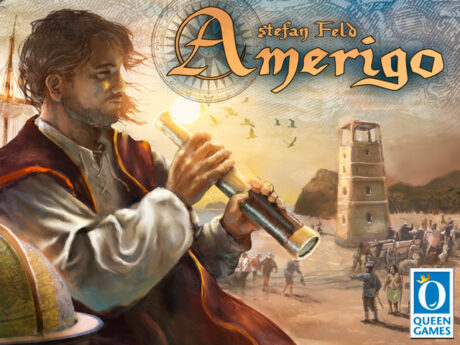
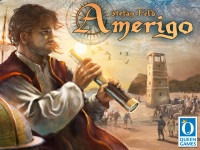
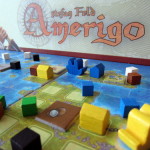
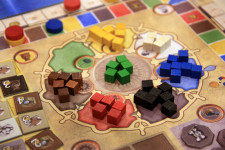
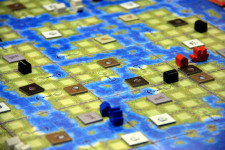


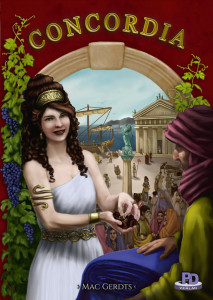

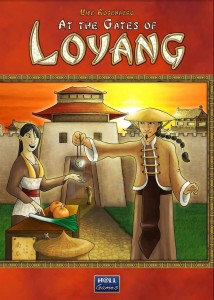

Sam says
I think this designer's games are always interesting in how they work, even if the theme often gets kind of lost in the mix. The cube tower is a fun thing to incorporate and despite its many bits and pieces, Amerigo is not as crazy a game as it first appears. The downside is there is a rather long set-up (and pack away!) time, and the fact that, for a game about exploration, it doesn't feel massively... explorey. I think that slightly lets it down, but the strategic challenge of balancing your goals with the element of chance coming from the cube tower is certainly fun.